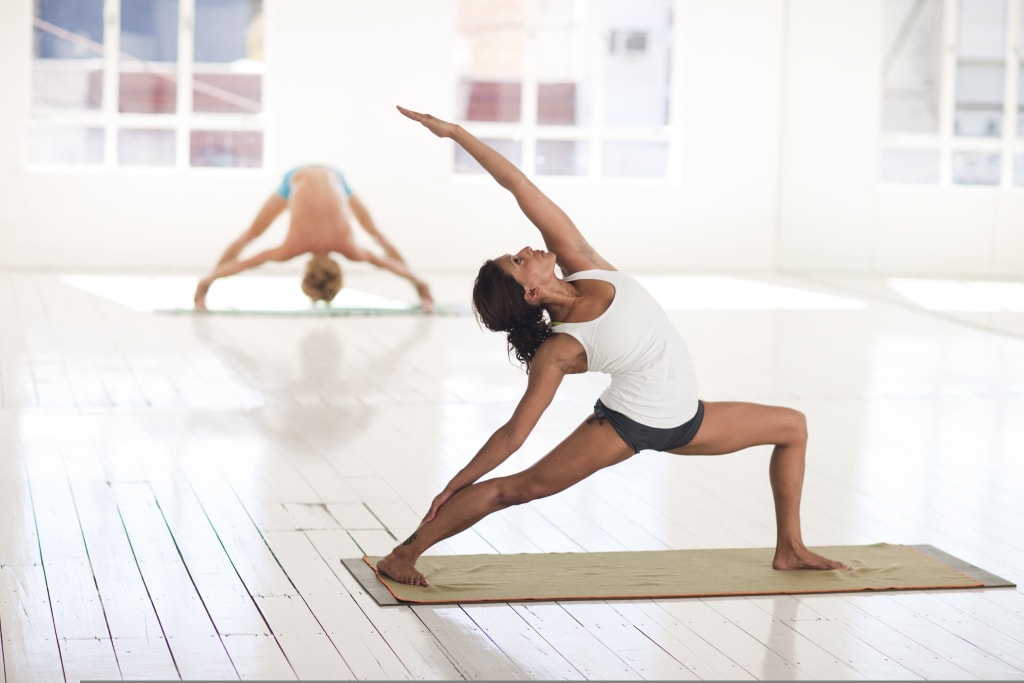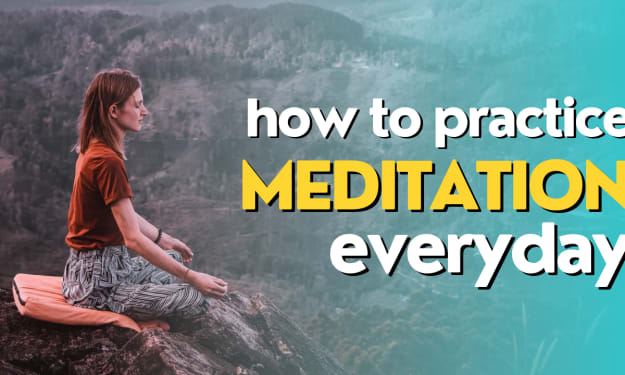
What are the best yoga positions? The post-workout position for every type of body is your very own favorite choice. Although some people prefer to do a variation of each, most people simply reach a point where they can’t go higher and lower anymore. You get to choose which one you like to adopt into your fitness routine.
Here are our top recommendations as well as a few variations that I’ve seen people doing that work as relaxers. For any modifications, please do not hesitate to comment below or contact me with suggestions for different poses, positions, techniques, etc.
But in case you have questions, be sure to ask. Not only will it help us, but we’ll also look forward to answering them. In this article, let us start with my recommended five positions for the relaxation.
1. Side Stretch
The side stretch will relieve your shoulders while at the same time allowing you to relax. If you do this pose for longer periods, try using a chair (no mat).
Side stretching poses may vary depending on how much movement you want to make with your arms as well as your shoulder muscles. As one beginner said, “You can feel the tension increasing with less movement, so try making small improvements in your arm movements. You don't want to take things too far." So there is no pressure. When you’re comfortable, put a flat plate (e.g., an old newspaper) under your knees and hold onto it while you stand up straight. Place your palms together on either side of your head and lift your hips off of the floor until your whole body stays in line. Keep this posture for about one minute. You should feel the tension and be able to move around comfortably. Then slowly lower yourself back down to begin again. Repeat several times throughout the day. Make sure you give yourself enough rest between sessions to recover properly from your exercise session. Once you increase activity, be sure to continue with these methods for months.
2. Bow Pose
When people say they’re feeling lazy or depressed, maybe they just aren’t meeting their daily quota of activities. Perhaps they’ve had a hard day at home. Maybe they went out for dinner and ate too much food. These things don’t contribute to good health, especially when coupled with other stressors and other mental health issues that could disrupt regular sleep, such as anxiety.
The bow pose is a great way to calm your mind down without putting too much strain on your joints while you’re balancing yourself in a seated position. To perform this pose, sit upright and place your hands behind your spine, so your elbows are parallel to the ground, elbows pointing outward, fingers touching, and toes facing downward. Bend your knees outward as an extension and arch your foot towards the ceiling or wall to lengthen your body and stretch this area slightly. Hold this position for about 10 seconds and then release it, lifting your feet and taking a step back. Be careful not to arch or overstretch yourself. Continue with ten repetitions several times throughout the day. After weeks, gradually work up to thirty repetitions.
3. Half-Marathon (Sukhasana)
The half marathon is a wonderful warmup to running and also can relieve tension/fatigue in the legs, ankles, and shoulders. It is a gentle exercise that many people enjoy, whether it be done standing up or sitting down.
Lie on the grass, a blanket, a towel, or even on a couch while you lie cross-legged. Begin by moving your right hand close to your chest, keeping your elbow tucked away, and rolling your left knee down toward your shin. Do not bend your foot. With the right leg bent and the left foot rolled outwards, place both feet firmly on the ground, flexing your hip and wrist evenly. Bring your thighs closer together on the ground, keep your elbows pointed down, and allow your forehead to drop towards the ground. Bring your chin up towards your shoulders with your nose resting on the ground near your heels. Extend your arms out to one side, leaving your fingertips on the grass or carpet. Breathe deeply through pursed lips. Relax your body completely. Now, take your right hand away from your chest, holding the palm facing forward while rotating your hand with an inner rotation, bringing the thumb to the tip of your left index finger. With your left hand, turn it backward and bring it close to your breast, holding the left hand firmly by its base with your palm on the ground. Return to starting position. Perform one repetition for 30 seconds. Work up to three repetitions for 15 seconds. Rest before repeating the entire set. Alternate sets. Repeat 10–15 times.
4. Warrior Pose (Virabhadrasana)
A warrior pose is perfect because it engages all the major muscle groups while still maintaining flexibility and mobility without straining. This particular posture works wonderfully with breathing practices on the breath. A study suggests that those who use deep belly breaths will better engage their abdominal muscles when performing this particular posture.
Lie face down on the table with your arms extended. Keeping your core tight, inhale with your stomach pressing down and relax your core. Exhale and press your body gently toward the floor. Hold your breath for 8 to 12 counts. Perform 3 rounds. Don’t forget to breathe deeply with full attention. Switch places after finishing each round.
5. Child’s Pose (Mountain Pose/Virasana)
The child’s pose is similar to a warrior pose, except instead of placing your hands behind your head, you have to keep your hands behind your ears and palms facing forward. While you stay upright, bring your right foot together with your left knee, rolling your ankle and right knee down and back. Your front heel should touch the ground. Stay tall for balance and stability. Slowly lower your body back to the beginning position with your right arm at your side. Raise your hips and shoulders above parallel. Return to the original position. Again, take 30 seconds at least between rounds.
Conclusion: There is no definitive answer on how long you should practice yoga to reap maximum benefits from this kind of workout. If you do a short session here and there, practicing for 30 minutes per week is fine, but if you’re working out consistently for 4 to 6 hours per week, you need to understand why this is a necessity.
About the Creator
Taha Khan
A writer, dealing with financial crises and willing to get rid of it by showing some skills and delivering some knowledge which all i have.






Comments
There are no comments for this story
Be the first to respond and start the conversation.